Mindfulness is for everyone

What is mindfulness?
Mindfulness involves being in the present moment rather than thinking about the past or worrying about the future. Practising mindfulness can help you reduce stress, increase focus, and improve overall well-being, both mental and physical. It is just like learning a new language or learning to ride a bike. Mindfulness is for Everyone.
Once you have got it, you will never forget just how to do it. It becomes second nature.
How can I be in the present moment?
Mindfulness is the practice of just being here. Not on your phone, not playing a game on the tablet, not creating ideas of what you are going to do, not wondering about what just happened.
Just notice what is happening right now in your life, in your mind, in your imagination be aware of your thoughts, feelings, and sensations as they come into your mind without getting caught up in them or reacting to them. Without making stories or getting caught in the spindrift of all those distractions.
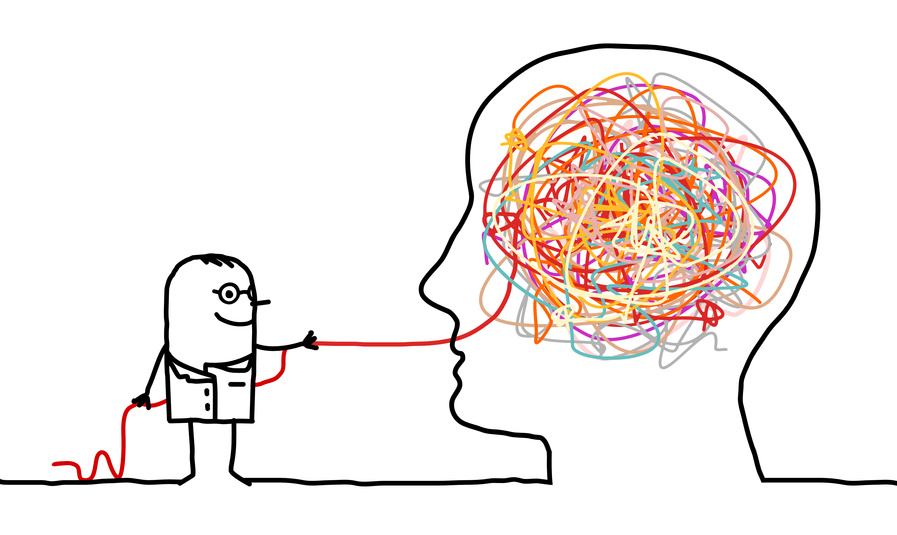
To start practising mindfulness as a beginner, you can follow these simple steps:
- Find a quiet place where you won’t be disturbed.
- Sit comfortably with your back straight and your feet flat on the floor.
- Close your eyes and take a few deep breaths, feeling the sensation of the air moving in and out of your body. Keep your focus of your attention, your thoughts right there in the breath, coming in and coming out but not on anything else.
- Notice the sensations of your breath moving in and out of your body.
- If your mind starts to wander, gently bring it back to your breath without making a big deal about it or criticising yourself because it seems so difficult.
- Continue to focus on your breath for a few minutes or as long as you feel comfortable.
- When you’re ready, slowly open your eyes and take a few moments to reorient yourself to your surroundings.
You can practice mindfulness for a few minutes each day, gradually increasing the amount of time as you become more comfortable with the practice. With regular practice, mindfulness can help you reduce stress, improve focus, and enhance overall well-being. Mindfulness is for Everyone.

Mindfulness is always available for everyone
Wherever and whatever you do, there is always a time and space to ‘take five’ and appreciate just how wonderful you are. Mindfulness helps release your stressed energy positively, changing it into a happy and fulfilling life experience mentally, physically and emotionally.
Mindfulness is the shift from the continual greyness of the winter sky into the bright rays of hope and joy which life can become. Remember, the sun is always shining above the clouds.
Mindfulness may take some time and effort, but it can and will positively change how you experience and live your life.
Mindfulness is for everyone.
Mindfulness is for Everyone including Seniors

Did you know that you gain more energy when you laugh and relax? Mindfulness for seniors is the most practical way to regain this energy and perspective on life. It helps you sleep better, worry less and laugh more.
Mindfulness is the only way I know that enables you to step back and naturally stop the ‘ticker tape’ of the constant internal chattering of the mind. This is just what Mindfulness does; it clears the mind and allows us to appreciate life.
When we down that continual babble of old memory scripts and thoughts and emotions, which can dominate our lives. Mindfulness brings you home to what matters in your life with clarity and a smile.
It is never too late to start learning Mindfulness.
Mindfulness is for everyone.
Mindfulness for Parents
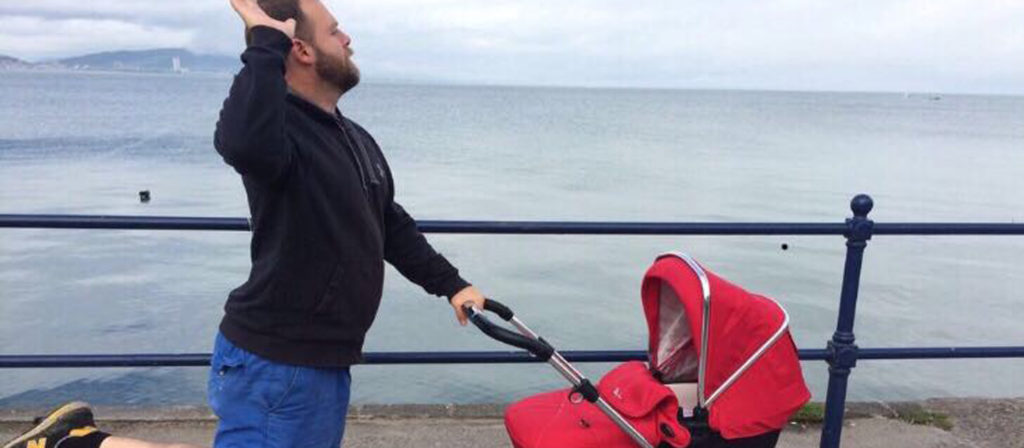
For all of you parents, mindfulness could just be the lifeline you are looking for when things get too much. You know what I mean if you are a parent; Tiredness, Time, Commitment, Work, Extra curriculum classes, Bedtime, on and on….it can all seem relentless.
Yet there is nothing more precious on this earth than the love you have for your kids, from when they arrive to when they tell you they are moving out.
Becoming a parent has to be the most exciting, challenging, rewarding and exhausting time anyone has ever gone through in life. Maybe that’s why we have children when we are young while still having the energy to cope!
Taking time out from parenting and making space for yourself is not a luxury but an absolute necessity. Going out for an evening, alone or with old friends, having ‘me time’ is all so important, but it is soon over, and you are back to the same old stuff. Mindfulness changes all that. It gives you more inner support and an overview of what is happening in your life. This helps to curb those ‘negative’ compulsive thoughts and deep emotions.
Where the real change has to occur is within your busy mind. We all need space, the inner spaciousness which provides not only perspective but that energy we crave to stave off the tiredness which distorts all we do and have to cope with.
Mindfulness can and does do this. I write with real experience, not an academic degree; Mindfulness improves your perception of your life. Your interaction with all ‘those have to do’s’ at home and work.
You only have to learn the mindfulness techniques to rewire your Brain, build new neural pathways and give yourself new insights, perspectives and resilience.
Mindfulness is for everyone.
Mindfulness for Kids
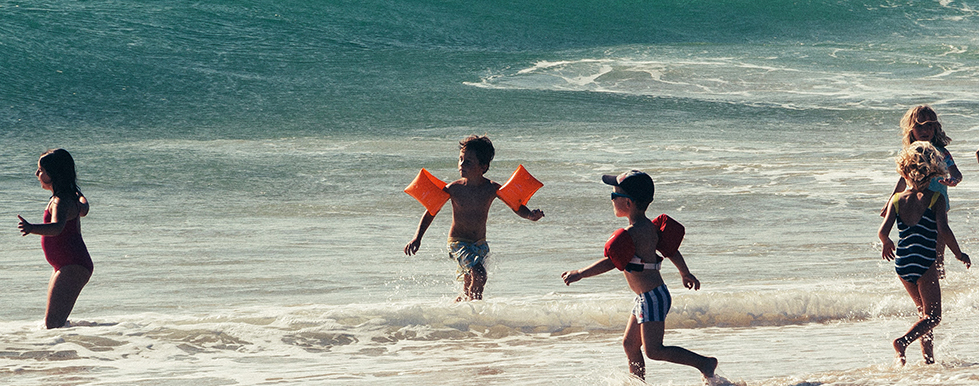
Every child absorbs everything a parent does or says or expresses; every move, mood, expression, feeling and reaction is logged into that young Brain. A young child is eager for experience, discovery and meaning.
Imagine the child’s Brain as a vast huge computer hard drive, bright and shiny, new and keen to learn. The programs are repeated experiences, the languages, and the interactions. Everything is stored for evaluation, learning, reacting to and then creating the responses and emotions driven by the serotonin, dopamine and adrenalin produced from the experiences and memories of everything in the Brain.
This is a 24hr process for at least the first seven years and may be longer.
You are your child’s Mindfulness guide.
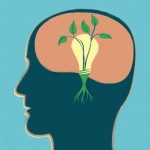
At first, the infant is in a permanent state of mindfulness attention. Absorbing everything which is offered in the moment of now, then slowly this alters as it evolves until the age of 6 or 7 years.
In this first phase of life, most children are more interested in what is going on at this very moment. This is mindfulness attention. Experiencing every little thing from their emotional feelings, physical body and mental sensations they encounter in their life. They navigate their environment learning and learning to learn. It’s the bedrock of their survival.
This is a precious time, from a baby to a young child. Let your child stand in the puddle, watching the water splash as they stamp in it, and get wet socks. Leave time for the curious mind to pick up the worm or look at the spider’s web on the way to nursery school. It is more of an education than just learning about plastic lookalike toys.
Listen to your young child. Often they have a perception that we can all learn from. When there is a confrontation, stop for a moment, take a breath, and then ask what they want or need. You don’t have to do what they say or ask for, but it gives the young person, the young child, a degree of recognition and confidence, knowing they were heard, valued, and acknowledged.
As to mobile phones, tablets, laptops, home computers and TV. I advise limiting their usage for as long as possible. Allow the foundation knowledge for your child to be their experience, not their electronic programming, especially when that programming/experience may be from someone else’ point of view or agenda, which you have no editorial control or permission over.
These devices can be used as cheap babysitters, but later, that can come at a very high mental or emotional price.
Consider that commercial advertising works through the repetition of a value statement to induce the purchase of a product. They do not advertise a product once. Continual repetition is the key to success in commercial sales. A child watching a screen for hours on end, day after day, will believe everything the screen tells them. And it will stay in their memory for their whole life. Are these the teachers you want to guide your children through their lives?
Mindfulness is for Everyone.
Mindfulness for kids
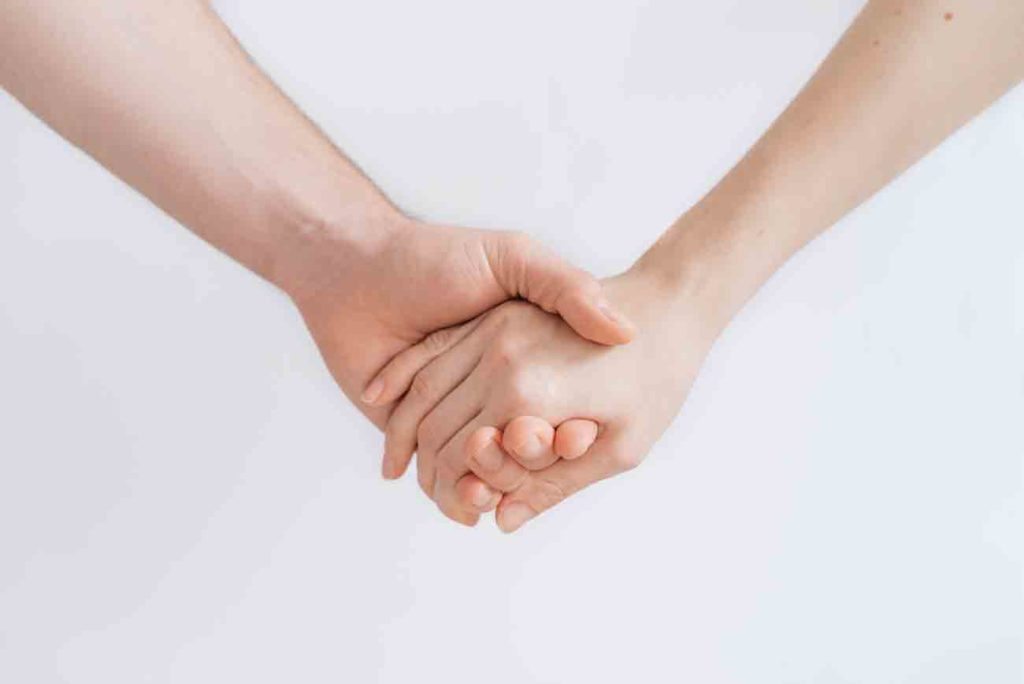
Mindfulness for Kids only really starts from 8yrs on. This is when they can alter their view of life through a critical appreciation. Their likes and dislikes, attitudes and interactions with other children and people. Why else would we start schooling at such an early age?
Mindfulness consciousness and appreciation are invaluable at this young Brain’s development stage. And Oh Wow, do the kids of this age get it! They really understand Mindfulness so well and so much quicker than adults. All because that’s the space they were in just a few months or years ago. Teaching Mindfulness to 7yr-12yrs is a dream, reinforcing what they already know. That is before the teenage years and when the game plan really changes gears.
Bringing up your children is a game of balance between necessity, trust, love, trade-offs and blind man’s bluff. Mindfulness can help you with this board game improving the outcomes.
Mindfulness is for Everyone
Mindfulness for Depression
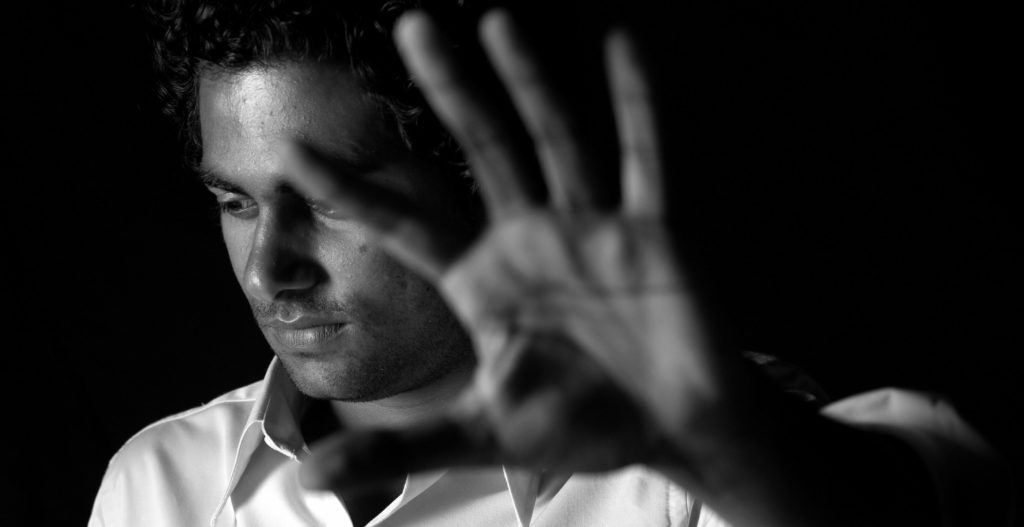
Depression is dark and debilitating. Confidence vanishes, and all becomes a pointless effort. Nothing seems to change. Day by day, it’s all the same old same old. No sunshine, just a numb isolation filling the mind and body.
It is not easy. Even the drugs from the best intentions of the GP only stave it away for short periods of time.
Distractions only work as a temporary fix. Small successes are just that, and they fade into the glupe of greyness.
There is a bit of hope with mindfulness. Not a promise or a magical cure.
Mindfulness if learnt diligently and practised daily for 2-3 months, can make a big difference. Just in the understanding of how it is all working.
Mindfulness is a mind tool. It is a way to refocus the mind and reduce the addictive habit of cascading downwards to where there is no return.
Typically we all overthink. The brain has taken millions of years to develop slowly and progressively to this point, we are all at now. We may consider that smartphones, texts, TVs and social media have been with us forever, a natural progression of progress….so so wrong to such a degree that it is frightening.
How old is our current civilisation? While our ancestors have been around for about six million years, the modern form of humans only evolved about 200,000 years ago. Civilization as we know it is only about 6,000 years old, and industrialization started in the earnest only in the 1800s.
The Gutenberg Bible was produced in Mainz in 1455. It is the first book in Europe to be printed using moveable type: a system of printing that uses individual units of letters and punctuation marks.
Electrical telegraphs were point-to-point Text messaging systems primarily used from the 1840s until the late 20th century.
In 1979, Nippon Telegraph and Telephone (NTT) launched the world’s first cellular network in Japan.
The current human brain can not and does not function well with the onslaught of this technological revolution. Our brains can not know the difference between what is real and what is make-believe! yet our huge brains will respond to the stimulation with the same reflex responses.
The point is this, as Edward O Wison so succinctly said in 2009.
“The real problem of humanity is the following: we have Paleolithic emotions, medieval institutions, and god-like technology.”
The outcome of this true statement of fact is increased mental health conditions and problems. Depression is one.
Mindfulness is a great way to start the recovery process. Life-changing habits and understanding that the feelings we have may, after all, not be so misplaced. Perhaps it is the society which is totally deluded and out of synchronisation with our collective history and not the individual’s response to such madness.
Mindfulness is for everyone.
Mindfulness for Teenagers
Mindfulness and the confusion teenagers get into through no fault of their own.
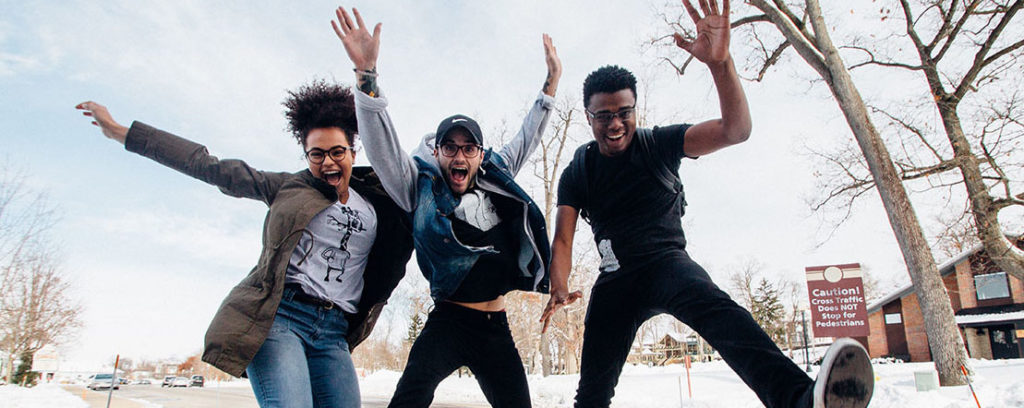
It has always been a precarious time of life, yet now more than ever. In 2013 Nicola Morgan wrote the book; ‘Blame my Brain. The Amazing Teenage Brain Revealed’. This book parallels the conflicting consciousness evolving in a teenager’s Brain between the biological changes occurring and the sociological demands of finding out who they think they are and what they are supposed to become.
With so much information now at their fingertips, smartphones and the like, teenagers are in a running battle with social media, biological brain development and social/educational demands. Never before have so many known so much about so many things instantly.
Noun: critical thinking: The objective analysis and evaluation of an issue in order to form a judgement.
For teenagers, the ability to have a handle on critical thinking is the cruise missile for their survival. How to discern what is going on in their life, for real. Without blame or over-emotionality. Without the faculty of critical thinking, teenagers are challenged to be like sailors in a boat out at sea in a storm without a sail or rudder. Heading for the rocks and potential disaster. Mindfulness is for Everyone.
Mindfulness can begin and create the tools to sail the storm, navigate life and get through it all.
Mindfulness practice gives the consciousness of the Brain an overview of itself. This is the most powerful of tools in anyone’s armoury for successful survival. This conscious overview is part of the mechanism of critical thinking, seeing life as it is, not just what you think it is or what you have been told it is.
Food disorders, drug and alcohol abuse, anger, violence, anxiety, depression and even suicide are all the side effects of an unfocused response to these collective pressures and perceived reactions from others to a teenager’s actions and personality.
Minfulness is for everyone.
Mindfulness for the serious
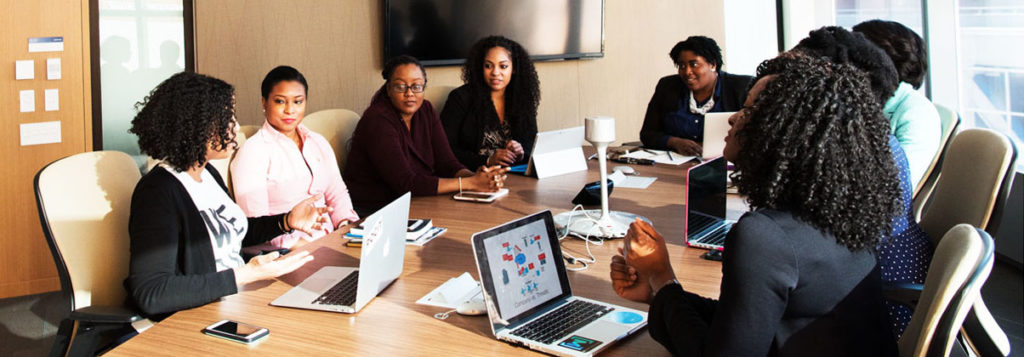
Mindfulness for business
Business is all about taking life seriously, being efficient and turning a profit. The profit from work is to live a fulfilled and happy life. By being serious all the time squeezes out the joy from life; we all know that.
For the serious, there is no time for redundancy, no time to breathe and observe. In work-life balance psychology, redundancy is the term for giving the mind time to do nothing on purpose.
Focused redundancy facilitates Resilience in Life.
Stress is the product of trying too hard, getting things out of focus, seeing the end as the only goal and forgetting to notice the journey. Life is what is happening as you blindly race towards the ever-elusive goal of success in the future.
The cure for stress is finding the time for redundancy and creating inner resilience.
Mindfulness is focus redundancy.
A fulfilled life is a balance between getting things done and letting things alone, of considering all the problems and then just stopping for a while, dropping it all and going for a walk in the sunshine just for the hell of it.
Where would the shipping industry be without Archimedes?
Archimedes discovered the law of buoyancy while taking a bath and ran through the streets naked to announce his discovery.
Mindfulness allows us to learn to make space in our daily lives. It will enable us to down-throttle the intensity of the pressure valve in the mind. Creativity comes from being spacious with a focus. You may well be shocked at what you can ‘see’ with your mind when you stop trying so hard.
Stress tires us out on all levels. Physically, mentally and emotionally.
Mindfulness is for Everyone
Mindfulness for the not so serious
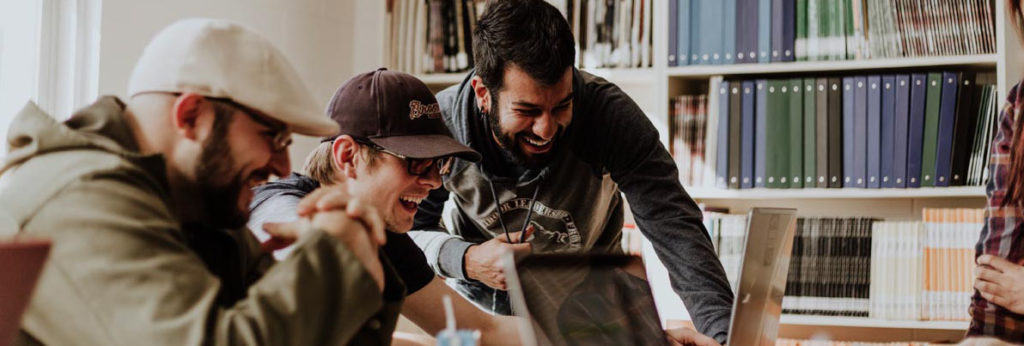
Growing up is all about testing the waters. Check out the ideas between what you think would be a good job to do and the reality of doing it every day for the next 40 years.
To be too serious in your late teens till your thirties is the best way of wasting your life’s most vibrant and exciting time of discovering who you are. Society will say to prepare for the future, be careful, be diligent, and use your time to build up security for that rainy day when you get old.
Well, yes, true, but this message misses out on a number of glaring truths. Most importantly, searching for security, by definition, disallows the creative, adventurous spirit to test yourself. Mindfulness is for Everyone. Many an entrepreneur says loudly that failure is not a bad thing as it is the only way to learn, really learn that lesson, and they have all done it. The only way to find out is to have a good go at it. Whatever it might be.
F irst A ttempt I n L earning = FAIL
Try again
Mindfulness is for Everyone.
Mindfulness, however, is the one genuine support on this journey you should invest in. Mindfulness helps the mind, your mind, to truly discern between a potentially disastrous whim and a demanding pivot of direction.
How can Mindfulness do this? Well, Mindfulness gives you your own in-house bullshit detector. Mindfulness physically builds a new neural pathway in the Brain. The new neural pathway is the unbiased view of the situation now, what is truly going down right now in this instant, this hour, this day. When you have a clear idea of yourself, it is possible to navigate the future with a greater perspective and purpose than just tagging along with the media-driven societal norms. Think outside of the box, challenge your ideas and prejudices, and you just might find a degree of inner happiness right here and now.
Mindfulness is for Everyone
Mindfulness for the fearful
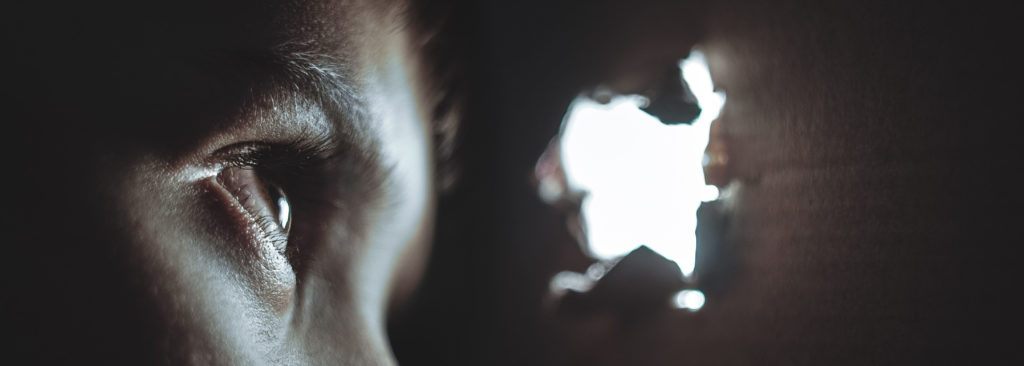
Fear is a primary reaction to the need to survive. It alerts us to what is dangerous and life-threatening. Fear is a deep-seated emotional response. The Brain learns through repetitive actions and focused effort. We learn to be fearful of what we consider to be a threat. But all threats are not the same.
Mindfulness can help each of us to address the emotional rolla costa of fear and panic. Mindfulness can calm the feelings that create and amplify the building of uncontrollable emotions.
Mindfulness calms the mind, and builds space and understanding and ways in which you can short circuit the rising overwhelming physiological feelings and thoughts.
This can be for everyone of any age, from children to ageing seniors. Worry, fear and anxiety are only real when we don’t understand them. Taking a step back, noticing the trigger points. Building resilience before the attack happens all comes from the practice of mindfulness.
Mindfulness is for everyone.
Mindfulness for the Sleep
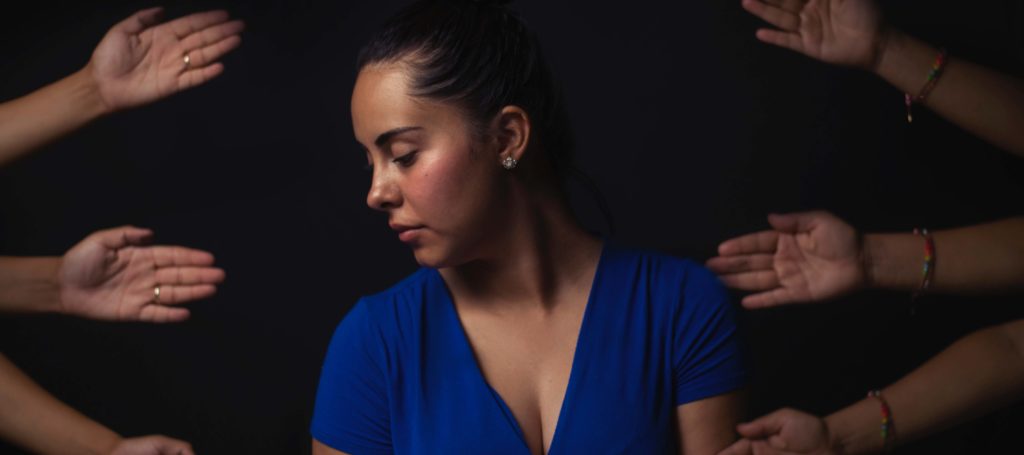
There is no easy solution for insomnia. The causes are innumerable, and the patterns are varied. Not getting to sleep, waking up after a brief sleep, continually waking up and never getting good sleep, having nightmares and not being able to get back to sleep after being woken. And on and on, but in the end, it all adds to a deep, deep tiredness which drains you.
When the mind can not stop thinking, when there are ‘important’ events, things or ideas continually filling the mind during the day, it often overspills into the mind at night. Pressures and impressions from the day can fill the tired mind. Exhaustion can not always be welcome in the sweet relief of a sound sleep.
What I have to offer is not a solution to the multiple symptoms of insomnia but rather a practical way to treat the cause.
The cause of your insomnia has to be just one thing: your brain, more precisely, how your brain functions! Those events or memories or emotions you deeply consider, consciously or subconsciously important, can be the cause of the inability to have a deep, refreshing sleep. The brain is prioritising the wrong set of thoughts and memories.
Mindfulness is similar to learning a new language which will help with gaining a perspective of all that is going on in your life.
Mindfulness is the process of building new neural pathways and new habits physically in the brain tissue. Repetitive thoughts, emotions and actions create habitual behaviour, which is called upon during the day to help you with the information flow.
This meta -meta-consciousness, this overview, progressively deepens with the practice of mindfulness. Insight is the key to sleeping better.
Mindfulness is not a talking therapy, it is a non-talking therapy. Practical and life changing, Mindfulness is for Everyone.
The actual neurogenesis of brain tissue to lower the worry level of subconscious and conscious concerns to a point where they become more manageable and realistic happens when you practice focusing your attention 100% in the present moment. In a word, when you begin to relax on purpose.
Often relaxation is confused with distraction. Mindfulness clears this confusion.
Mindfulness is for everyone.
Mindfulness for the Anxiety

Anxiety sits with the rest of the brain’s auto-responses, serving up an attempt to recover a balanced survival reaction for the perceived threat or condition we find ourselves in.
This could be a real situation, a thought, a memory, a fear, an audio stimulation, or a visual trigger. In fact, it could be all or any of the above.
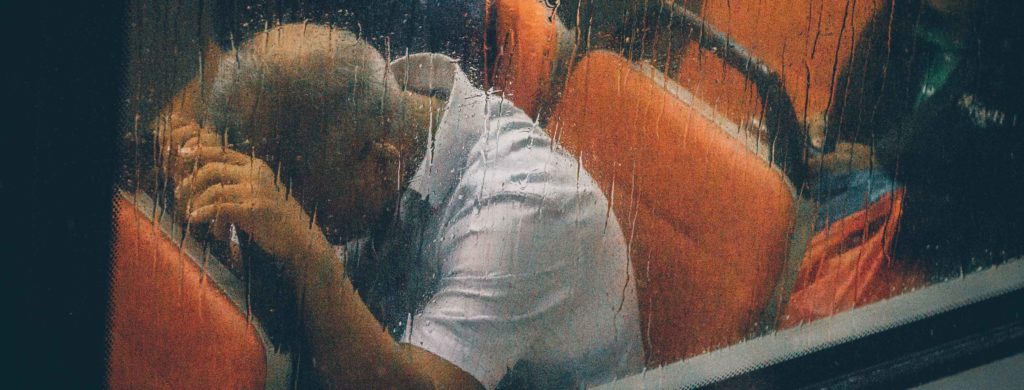
Anxiety affects our body and our mind. It can be a panic attack, shortness of breath, pain in the chest, or a migraine. High blood pressure, indigestion, IBS or constipation. And more. Remember, Mindfulness is for Everyone.
Anxiety is the product of the autonomic nervous system misfiring. This is your automatic internal control system going haywire. Responding to learnt neural pathways pushing all the wrong buttons in disorder and confusion.
In the middle of your brain is the limbic system. The limbic system is the part of the brain involved in our behavioural and emotional responses, especially when it comes to behaviours we need for survival: feeding, reproduction and caring for our young, and fight or flight responses.
The neurotransmitters serotonin, dopamine, norepinephrine, and gamma-aminobutyric acid (GABA) are specifically believed to be linked to mood and anxiety disorders. These neurotransmitters are in charge of regulating various bodily and mental functions. When these neurotransmitters are misguidedly activated, they will attempt to balance the system when there is no need for activation. ie when we have a memory or thought of something which was logged in as threatening or just a conscious or subconscious threatening thought.
This whole system was designed when we were actively defending ourselves from rampaging sabre tooth tigers. Not trolls on the internet!
Mindfulness can help to get a handle on this whole situation, but it takes time and effort. It isn’t a magic pill. Mindfulness may sound simple, but it asks of you a commitment to your own health and well-being on all levels.
Mindfulness is for everyone.
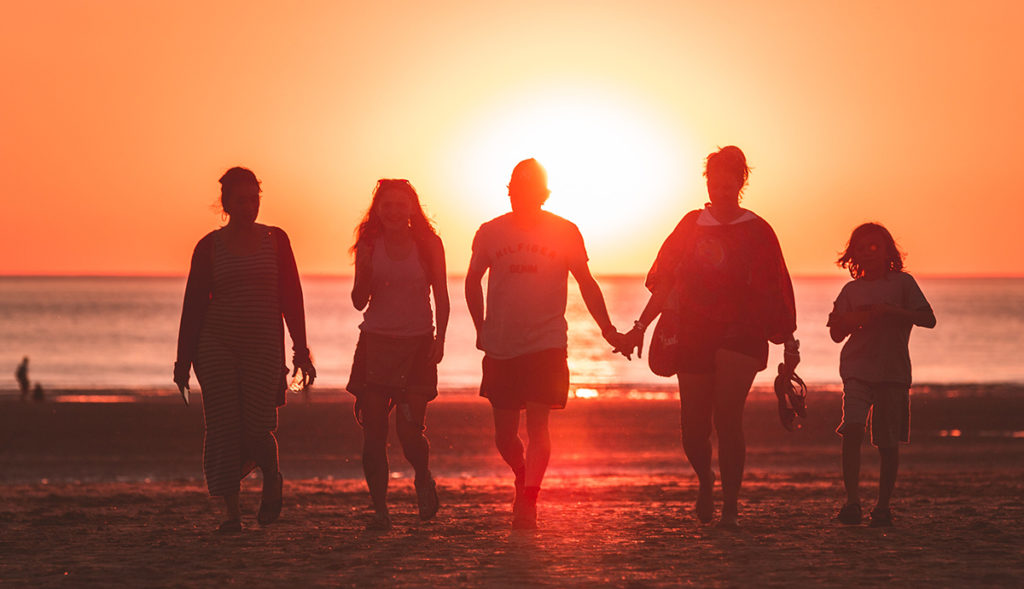
How Huw can help you
One-to-one sessions:
Zoom sessions:
6-week courses:
Online 6-week courses: Mindfulness is for Everyone.
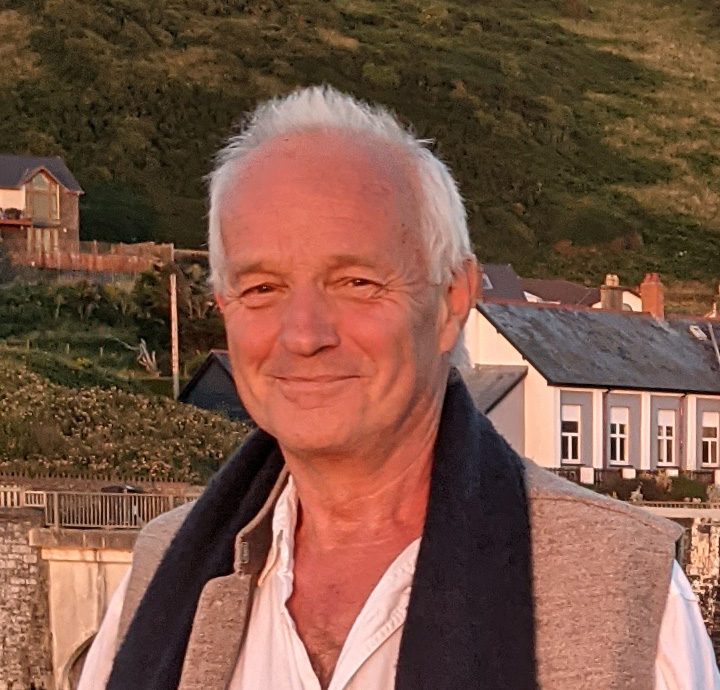
Contact: huw@hgriffiths.co.uk 07787870841

